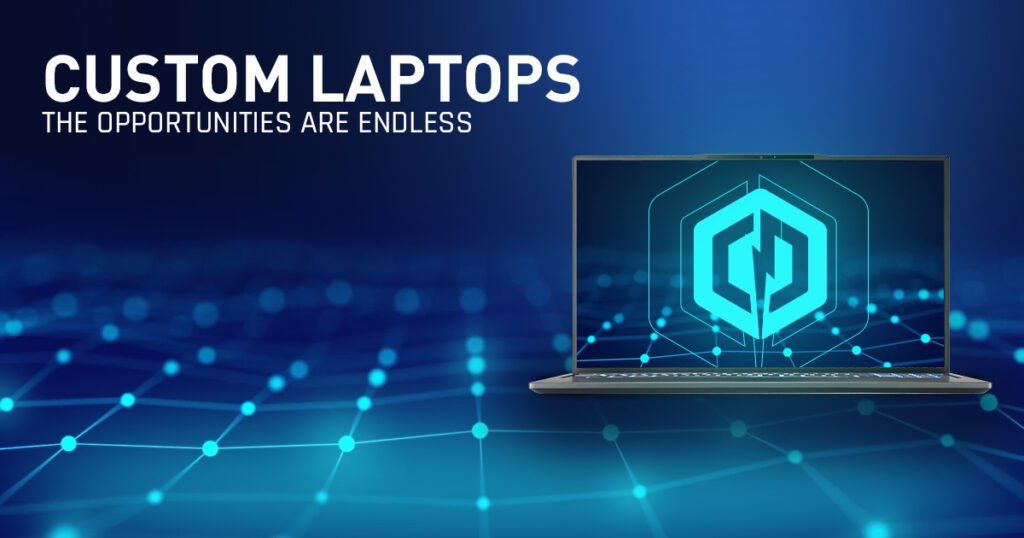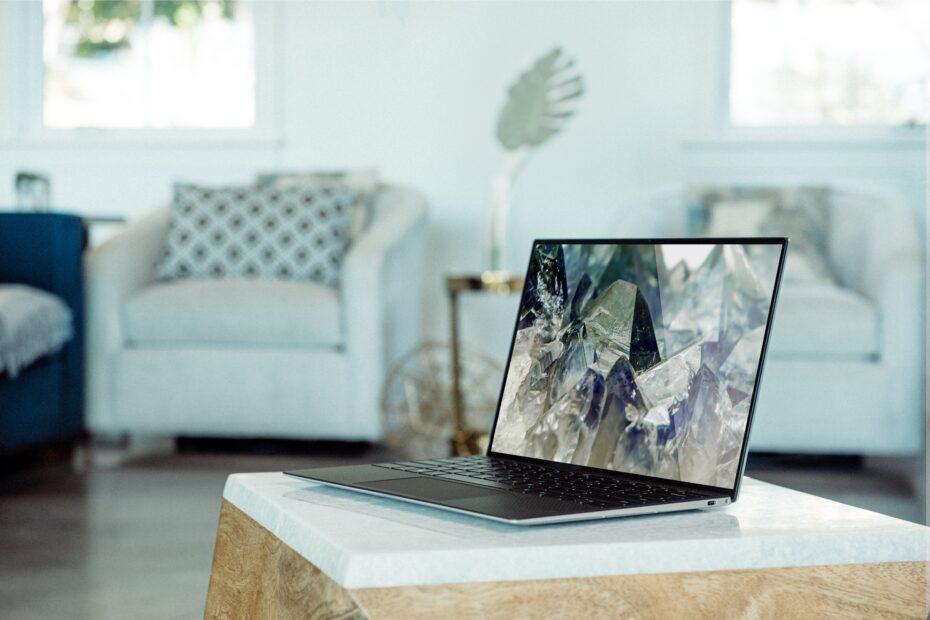Laptop Buying Guide Contents
- Screen Size
- Resolution
- Refresh Rate
- Chassis
- CPU
- Graphics Card
- Memory
- Storage
The laptop is a fantastic invention. We can take our computers wherever we want by fitting all of the components that make up a traditional desktop PC into a lightweight, foldable package. Laptops make for great gaming machines, and they can also be formidable workstation computers (and one that’s good for one purpose is often good for another).
Much like their desktop equivalents, laptops come in various configurations. The one that’s right for you will depend on what you want to do with it. But with so much jargon flying around, knowing exactly what you’re looking at can be tricky. Just take a look at a product page, and you’ll be confronted by a long list of components. What do they all mean? Even in cases where it’s obvious what we’re talking about, there might be implications that you haven’t considered.
That’s why we’ve put together this handy guide. With its help, you’ll be able to get your head around some of the more significant distinctions and be able to make an informed decision, whether you’re customising your laptop, or picking up an off-the-shelf one.
What do people mean by laptop display?
The display on your laptop is the screen you’re looking at. The thing that displays things, basically. It includes the supporting structure, as well as the panel itself, which you can think of as a grid of tiny red, green and blue lights. Displays come in different sorts, each with their own merits — an IPS panel might offer superior colour reproduction, while a TN panel will respond more quickly. If you want to understand the differences, we’ve written a guide on the subject.
Why is screen size important?
The size of a screen is measured in inches and refers to the diagonal distance from one corner of the panel to the other. The size of the screen not only changes the amount of display you have to look at; it also changes the size of the device itself. So, if you opt for a device with a smaller screen, you’ll also find that it’s easier to stow into a rucksack.
Generally, laptop displays come in three different sizes:
- 17-inch — A larger display is generally preferred by gamers, and those working with graphics.
- 6-inch — A 15.6-inch display represents a happy middle-ground between size, portability and affordability.
- 14 Inch — If you aren’t going to spend all that much time looking at the screen, have a separate monitor to use, or value portability, then a smaller machine might be preferable.
Resolution
Resolution refers to the number of pixels on the display. Unlike older cathode-ray-tube monitors, a modern monitor actually has a set number of pixels, which can be turned to various colours to create an image. ‘Native’ resolution refers to the actual number of hardware pixels on the display, as opposed to the number that is being sent out from your software. If you try to run your games at a different resolution from the native one, then things won’t line up properly and you might end up with decidedly weird results.
Another thing to consider is dot pitch. This is the distance between pixels. If a 1080p display is spread out over seventeen inches, then the dots are going to be spread further apart, and the image won’t look quite as sharp as if the same number of pixels had been crammed into a smaller space. Just think of the super-sharp resolution of your phone’s tiny screen.
We should also consider the aspect ratio, which is the ratio between width and height. On a laptop, this is almost always 16:9.
The resolution of a screen is usually described using the number of pixels on the horizontal axis. So, a display that’s 1920×1080 may be described as 1080p. (The ‘p’ here stands for ‘progressive scan’, try not to worry about that.)
You might hear the various resolutions talked about in different ways. Let’s run through some of them:
- HD means 720p.
- FHD means ‘Full’ HD, or ‘1080p’.
- QHD means ‘Quad’ HD or 1440p. This is basically four times the pixels of a 720p display.
- UHD (4K) means 2160p.
For the avoidance of doubt, we list the display resolution in brackets. That way, you know exactly what you’re getting.
Refresh Rate
A laptop’s refresh rate refers to the number of times the display can show a new image in a second. It’s typically measured in Hz. Many gaming laptops will push this figure up past the 60hz mark, resulting in a smoother experience. But even if you’re not gaming, having a responsive desktop can make an enormous difference to your experience.
Variable refresh rate is becoming increasingly mainstream. This is a way of synchronising the refresh rate to the frames coming in, and thereby eliminating problems like tearing. You might have seen this referred to as Gsync (which is Nvidia’s tech) or FreeSync (which is AMD’s).
Chassis
The body of the laptop will affect the way that it looks, as well as its durability. It will also influence the machine’s ability to dissipate heat. A super-thin laptop might be portable and stylish, but it’s often unsuitable for gaming, where performance and heat management are critical.
CPU
The CPU is the device in which most of the calculations that actually make a computer run are performed. You’ll find that specialised laptop CPUs are designed to run slightly colder than their desktop counterparts. Pay attention to the generation of the CPU when you’re comparing them.
Graphics Card
Much like desktop machines, laptops come with dedicated graphics processing units. If you’re not gaming or doing intensive graphical work, then you might get away without a fancy graphics card. Bear in mind that the laptop versions of graphics cards won’t perform as capably as their desktop equivalents, pound-for-pound. Having said that, there are still some formidable options out there — an RTX 3070 laptop is going to perform most modern games quite comfortably.
Memory
Your machine’s memory is where it keeps all of the programs you’re running, where they can be accessed quickly. The more memory you have, the better — though it’s typically only composers and video editors who need to be pushing up beyond 32GB. Look for the type of memory you’re buying, too: DDR4 RAM won’t fit into a DDR5 socket.
Storage
Your storage drive is where all of your stuff will be kept. The larger, the better, if you’re gaming since many of the games of the future are going to take up lots of space as photo-scanned assets become more common (which is a fancy way of saying that all of the objects in the game world will be much more detailed). Storage drives come in varying speeds, with SATA-based SSDs being faster than traditional HDDs, and NVMe drives being even faster than those.
Laptops can often stand up to desktops when it comes to gaming performance, and they offer a convenient alternative even in cases where they don’t. If you’re uncertain of the options, why not check out our range of laptops.

